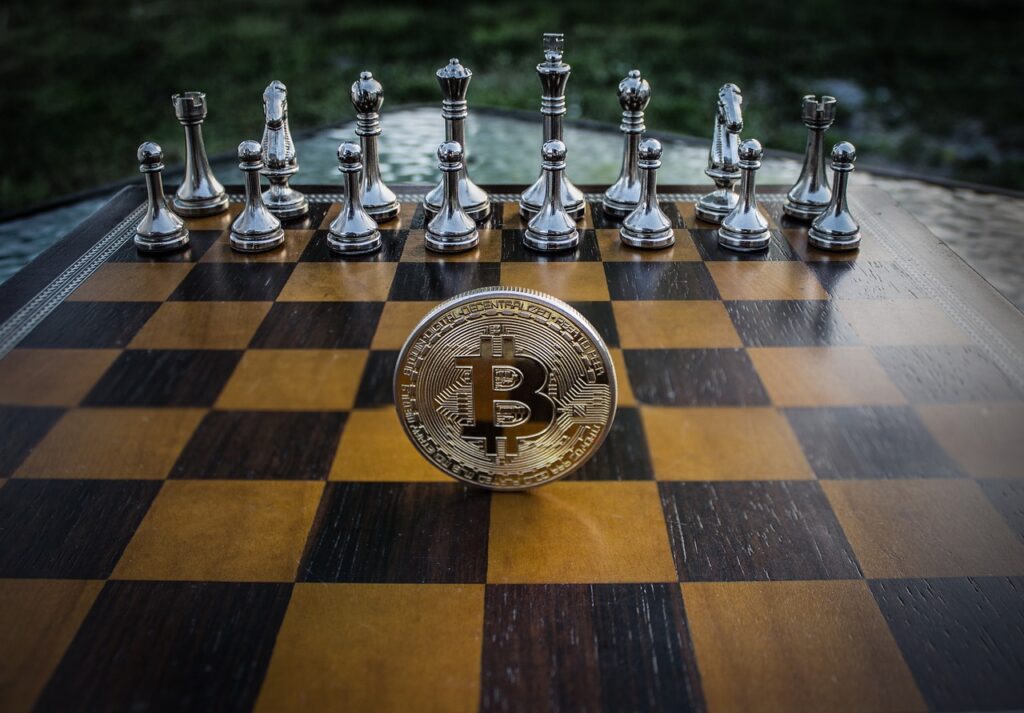Cryptocurrency investors and experts believe that Web3 may resolve issues involving the Internet. They also feel that it might reduce the power of tech giants. However, the beliefs have remained just that – aspirations. Nothing has yet shown up as a tangible reality. For more information about Trading in Bitcoin by clicking here.
Presently, the advancement of existing technologies is already underway. Blockchains and digital currencies are part of these technologies, for they are important for ushering in the Web3 era. They are so designed that interactions should become decentralized, trustless, and permissionless.
The best thing about them is that they do not play the roles of rivals to the other components of Web3. These components include the Internet of Things (IoT), AR, and VR. Developers feel that they should be able to provide comprehensive solutions whenever they come together.
Web 1.0 And Web 2.0
Web 1.0, Web 2.0, and Web 3.0 are the qualitative phases of the changing Internet. During the Web 1.0 days, it was not possible to change online data. it was equally impossible for individuals to upload their diverse texts to various websites. There were only static HTML pages in evidence to enable reading. In other words, there were only one-way experiences available.
During the Web 2.0 days, users could engage in simple interactions and consume available content. At the same time, they could generate their own blogs/articles/ and circulate them on emerging social media platforms. However, websites remained under the control of different centralized websites.
Therefore, it was possible to enforce bans on individual users and organizations if the authorities felt the need to do so. Then again, they would circulate advertisements among targeted audiences and share users’ data with third parties.
Web 3.0
Web3 is keen to rectify all the faults discovered in Web 1.0 and Web 2.0. It hopes to have decentralized, permissionless, and trustless platforms in place. Decentralized refers to the absence of a single authority. Instead, owners of networks establish their own rules. Permissionless is a reference to blockchain networks.
Here, users are free to handle blockchain protocols, DeFi platforms, or related systems, without asking anyone’s permission. Trustless permits users to access a functioning system, without having to know other parties or intermediaries. Users just need to trust the system. Consensus regarding any operation is achievable without the involvement of participants/users.
Finally, Web 3.0 will usher in digital-native payments, digital ownership, and censorship resistance. They will set new standards for Web services and products.
Blockchain

It refers to a ledger or a distributed database. All the nodes of the computer network, share this ledger. The blockchain is an electronic storehouse of information. This information is grouped in the form of blocks. In other words, data is broken down into sets. Every new block links to the previous one, thereby forming a chain.
Hence, the term – blockchain. A good example is Bitcoin, whose details are on display on the investment and trading platform, Bitcoin smart. A blockchain represents an irreversible timeline of information. It is implemented over a decentralized platform. Whenever a new block is filled with data, it is set in stone. There is even an exact timestamp given to each block.
The blockchain adopts a vital role in digital currency systems. It maintains a record of all the transactions going through, thereby preventing the entry of a third party. It also suffices to disseminate information. Nothing in the record may be edited, destroyed, or deleted. Therefore, a blockchain is a distributed ledger technology (DLT).
Relationship Between Web3 And Blockchain
IWeb3 DApps utilize blockchain technology to offer data independence. In other words, people are owners of their content. Similarly, DApps permit users to share their ideas and vote. It becomes possible for all the users to participate in the implementation of projects.
Thus, community governance and engagement are acquiring different definitions than before. A blockchain allows for the development of cryptocurrency domains, like .dao, .eth, .crypto, etc. The decentralized crypto domain is a substitute for a human-readable address, that is, an IP address.
This domain represents the concerned user’s crypto wallet address. Such a domain name is simple, easy to remember, and perfect for receiving and sending digital currencies. The domain name may undergo trading in the form of NFTs. The platform is the NFT marketplace.
You may be interested in: Beginners Guide to Bitcoin Trading: The Basics
